AO Edited
The Monsters of Bomarzo
A 16th-century horror show built in a lovely Italian garden.
The Park of the Monsters, or “Parco dei Mostri,” in the Garden of Bomarzo was not meant to be pretty. Commissioned in 1552 by Prince Pier Francesco Orsini, it was an expression of grief designed to shock.
The Prince, also known as Vicino, had just been through a brutal war, had his friend killed, been held for ransom for years, and come home only to have his beloved wife die. Racked with grief, the Prince wanted to create a shocking “Villa of Wonders” and hired architect Pirro Ligorio to help him do so. Ligorio was a widely respected architect and artist and had previously completed the Cathedral of Saint Peter in Rome after the death of Michelangelo, as well as the Villa d’Este in Tivoli. This was to be an unusual, but interesting job for him.
The park is filed with bizarre and fascinating sculptures for which only the accompanying inscriptions provide any explanation. Among the pieces are a war elephant, a monstrous fish-head, a giant tearing another giant in half, and a house built on a tilt to disorient the viewer. Perhaps the most frightening piece in the garden is an enormous head, mouth opened wide in a scream. The accompanying inscription reads “all reason departs.”
Built during the Italian Renaissance, the garden layout bore little resemblance to the symmetry of other Renaissance gardens, and the art was made in a rough “Mannerist” style, a sort of 16th-century version of Surrealism. It makes sense, then, that the Surrealists loved it.
Salvador Dalí visited the park and loved it. He was so inspired, he shot a short film there, and the sculptures inspired his 1946 painting The Temptation of Saint Anthony. Jean Cocteau was also a fan of the park. Other artists followed, among them the Argentinian author Manuel Mujica Lainez, whose best novel “Bomarzo” is based on the park (it was later adapted into an opera).
While there is no way of truly knowing how the Prince felt about the park, the final addition indicates that perhaps he was getting over his melancholy. Built 20 years after the park was begun, it is not a monster but a temple, built to honor his second wife.
When you visit the park, be sure to enter the giant screaming mouth (known as “the mouth of hell”), inside which, on the tongue, stands a picnic table and enough seating for a small group to have lunch.




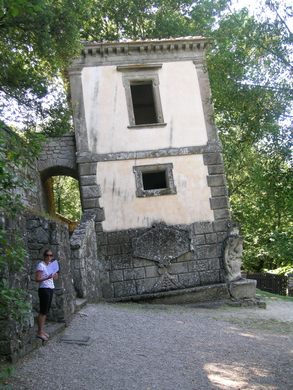





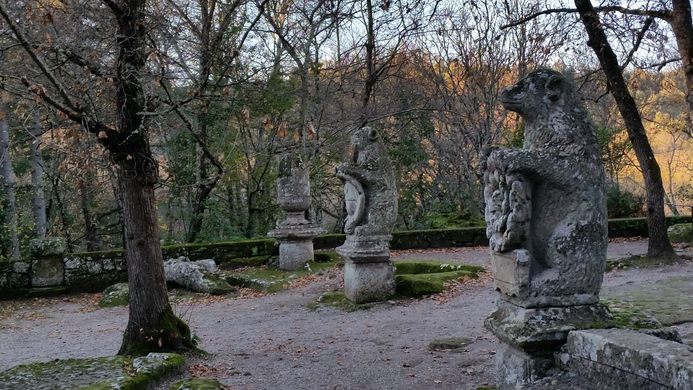



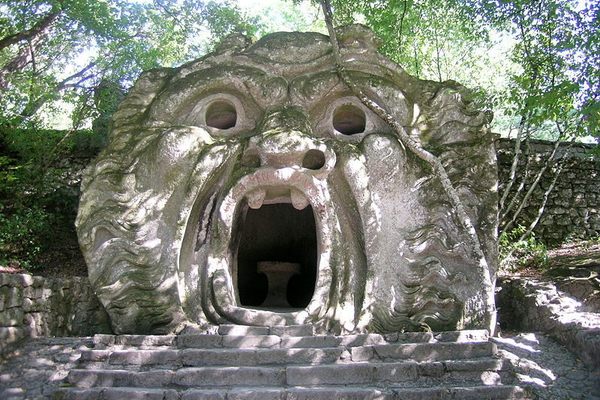














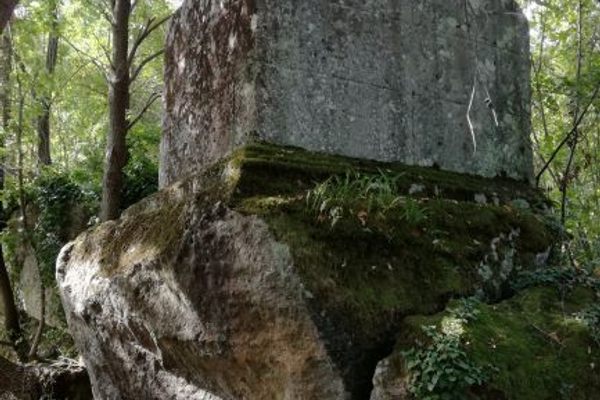


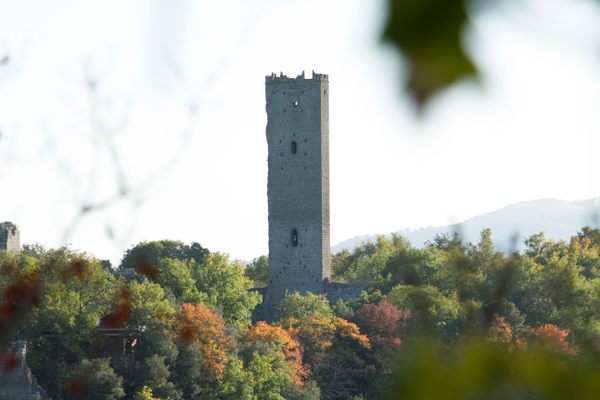





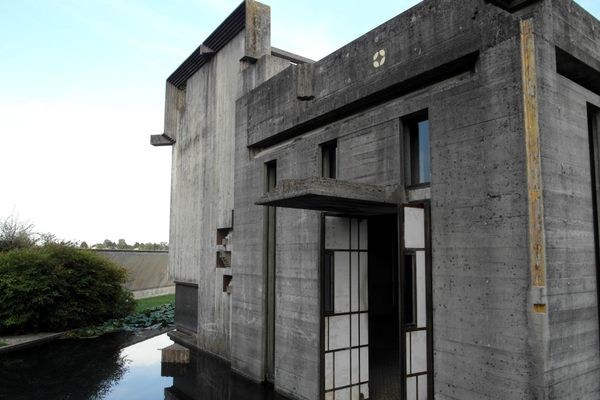


Follow us on Twitter to get the latest on the world's hidden wonders.
Like us on Facebook to get the latest on the world's hidden wonders.
Follow us on Twitter Like us on Facebook